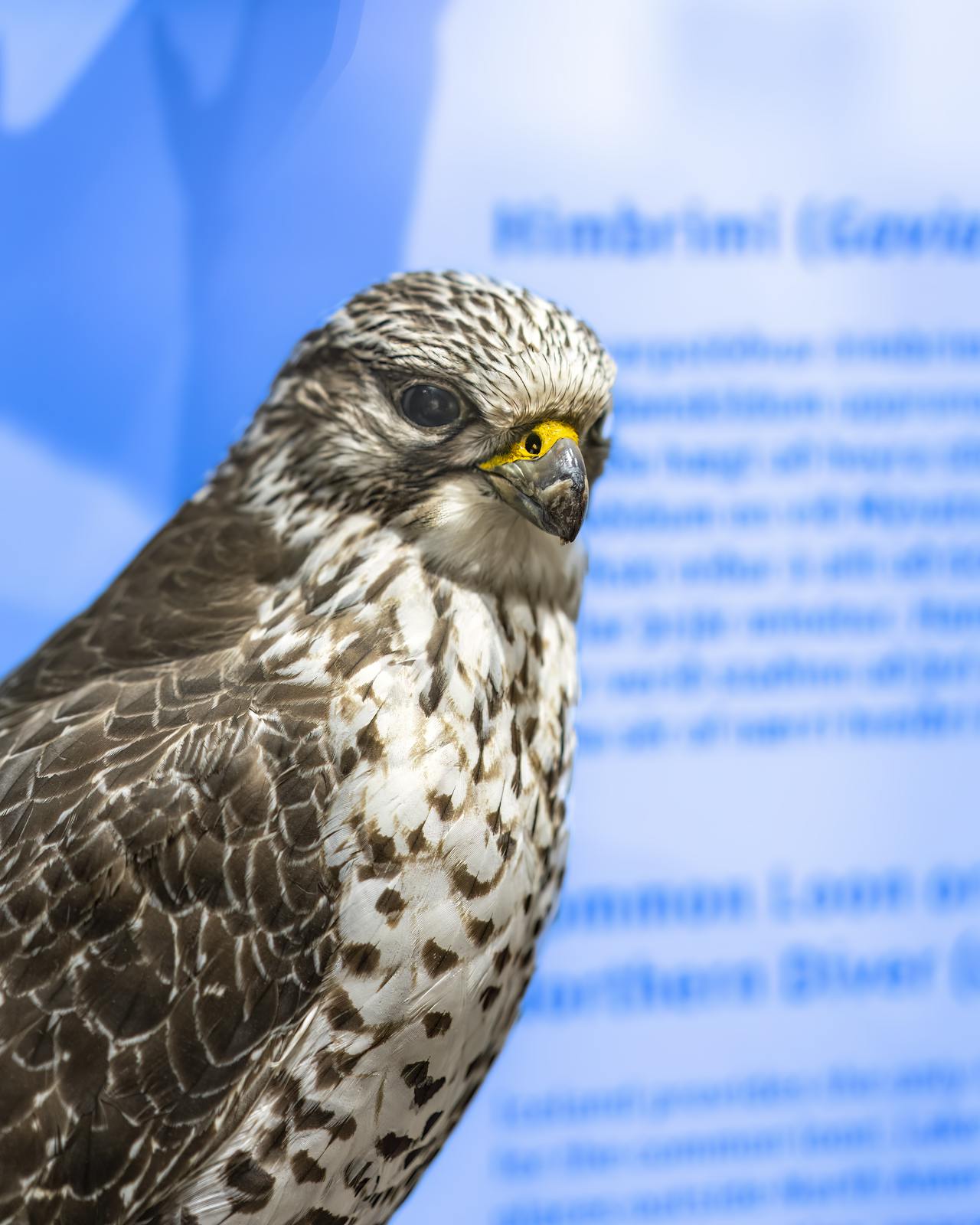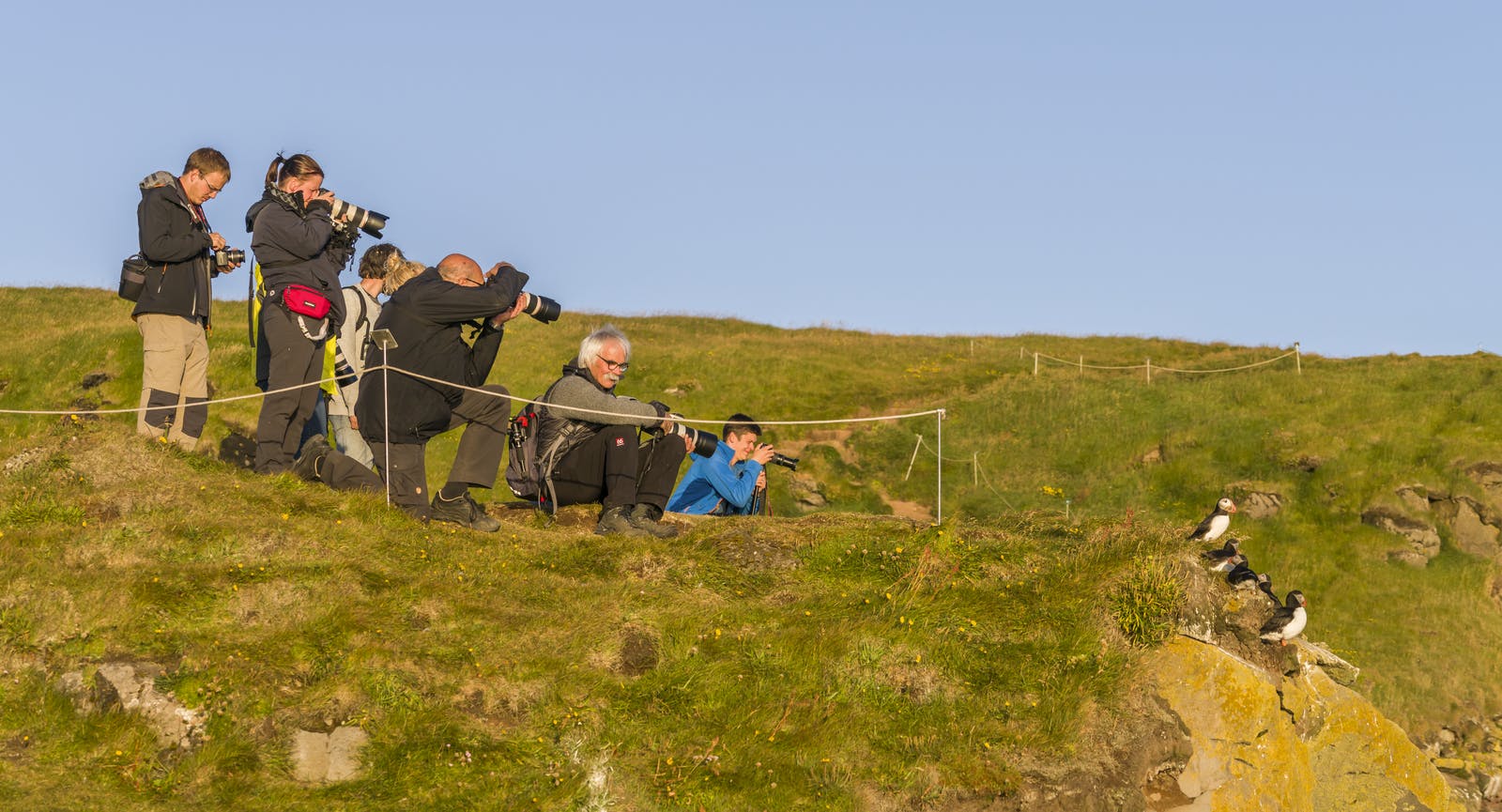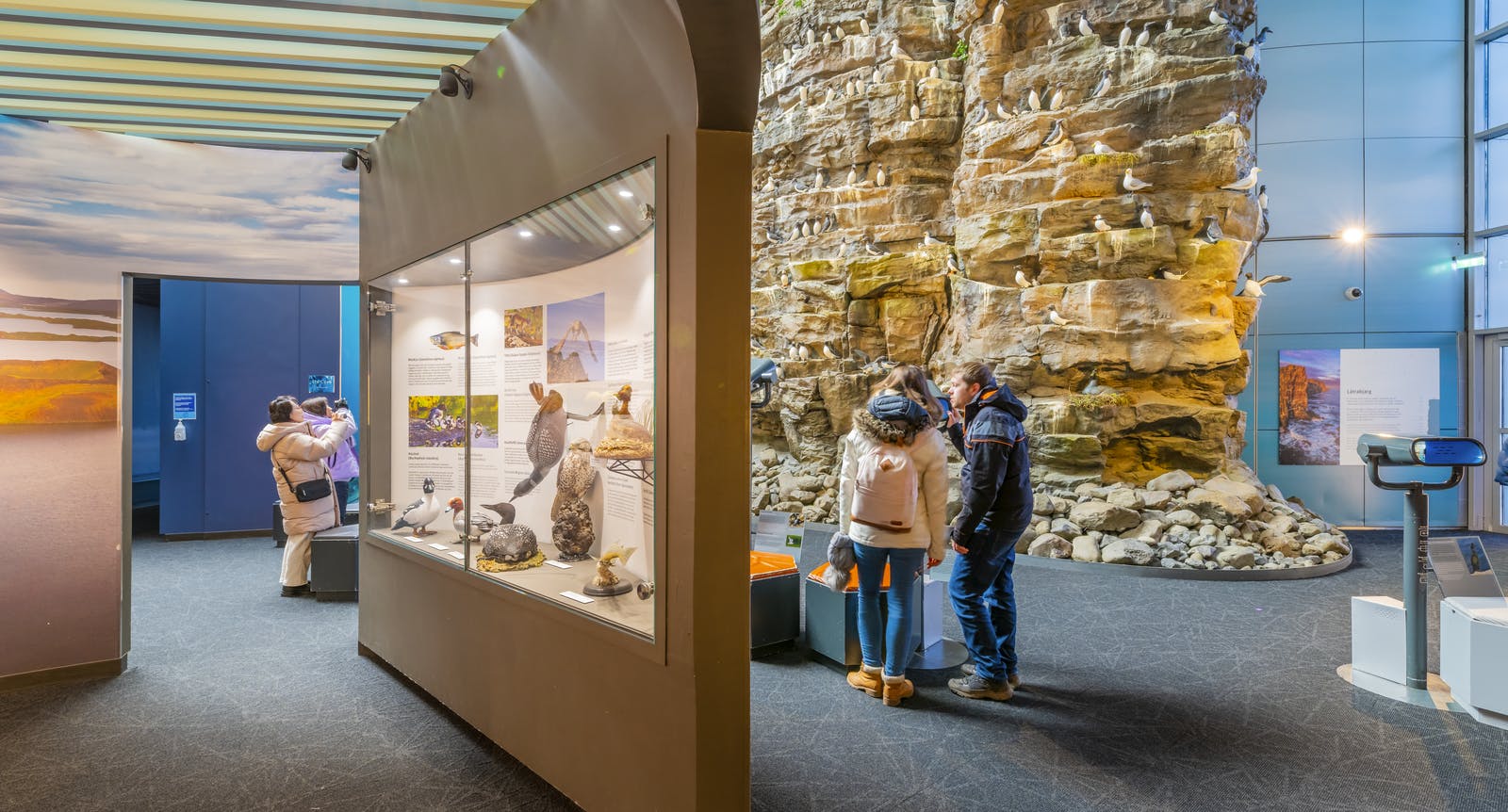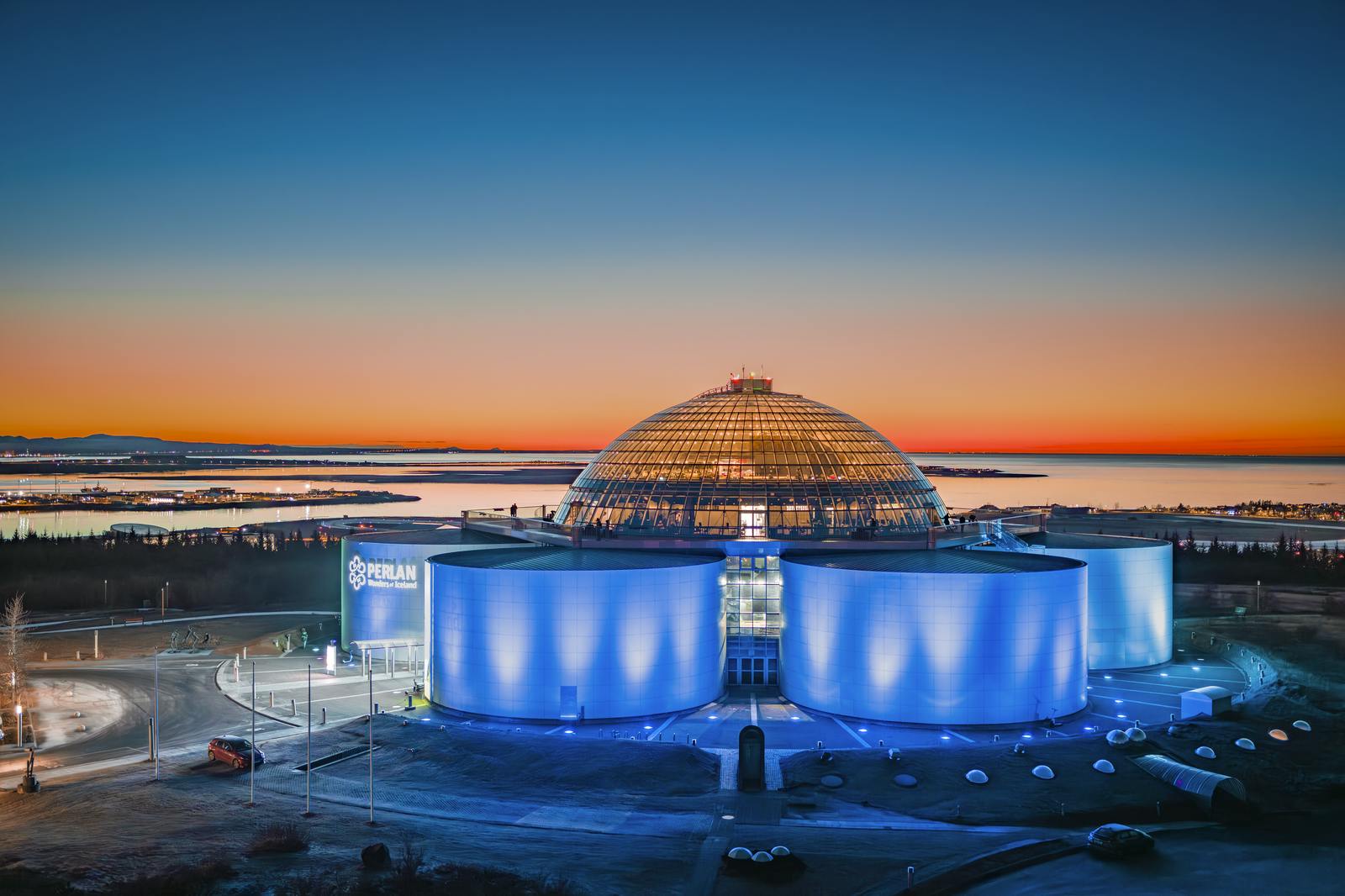
Iceland's National Bird: The Gyrfalcon
Iceland's national bird is the Gyrfalcon (Falco rusticolus). Although there has not been an official vote, most Icelanders see the falcon as their national bird, as it is closely associated with the nation's struggle for independence and was part of the country's coat of arms before it was changed to its current form.
The Gyrfalcon holds a special place in Icelandic culture and is considered a symbol of power, strength, and freedom. It is the largest falcon species in the world and is known for its incredible hunting abilities and adaptability to harsh environments.

Iceland has a relatively large population of gyrfalcons compared to other regions, and they are an important part of the country's natural heritage.
The Gyrfalcon is a native species to Iceland. It is believed to have colonized Iceland during the last Ice Age, which ended around 10,000 years ago. As the glaciers receded, the Gyrfalcon gradually established populations in Iceland, taking advantage of the available habitat and prey resources.
It's important to note that while the Gyrfalcon is native to Iceland, its population and distribution may have fluctuated over time due to various factors such as changes in habitat, prey availability, and climate.
Conservation efforts have been put in place to ensure the continued presence and well-being of gyrfalcons in Iceland.
Biology
The Gyrfalcon's appearance varies based on its age and location, but it generally has a striking plumage that includes shades of grey, brown, and white. The Gyrfalcon is the largest species of falcon, and its size can vary based on gender and geographic location. The females are larger than the males, which is a unique characteristic among raptors. The wingspan of a gyrfalcon typically ranges from 130 to 160 centimetres. The body length is approximately 48 to 61 centimetres.
The Gyrfalcon breeds in the remote and rugged highlands of Iceland, nesting on cliffs and rocky outcrops. It feeds primarily on birds, such as ptarmigans and seabirds, which are abundant in Iceland's coastal areas.
Variety of Plumage
One interesting aspect of the gyrfalcons in Iceland is the variety of plumage colours that can be observed. The Icelandic gyrfalcons display a range of colours, including white, grey, silver, and even shades of brown. This variation is attributed to genetic diversity, age of the bird and the mixing of different subspecies.

Gyrfalcons in Icelandic Culture
The Gyrfalcon holds cultural significance in Iceland and is considered a symbol of power and freedom. It has appeared in Icelandic folklore, poetry, and even in the country's currency. The Gyrfalcon is also featured on the country's coat of arms.
The bird's strength, beauty, and ability to thrive in Iceland's harsh environment have made it a cherished and respected creature in the country's history and culture. In the past, it was highly valued as a hunting companion, especially during the falconry tradition. It symbolises power, royalty, and freedom in Icelandic sagas and mythology.
The Gyrfalcon's status as Iceland's national bird reflects the country's admiration for the strength and resilience of this magnificent raptor, as well as its deep connection to Icelandic heritage and natural surroundings.
Conservation Efforts
Iceland places great importance on the conservation of its gyrfalcon population. The bird is legally protected, and strict regulations are in place to ensure its well-being. Efforts are made to monitor the population, protect nesting sites, and minimise disturbances during the breeding season. Research and educational programs also contribute to the conservation of the gyrfalcons in Iceland.

Where Can I See the Gyrfalcon?
Iceland is home to a significant population of gyrfalcons, and it is estimated that the country has one of the highest densities of breeding gyrfalcons in the world. The birds can be found throughout the country, but they are particularly prevalent in the northern and eastern parts of Iceland. The area around Mývatn and Dimmuborgir are the most likely places to see one.
Nesting Habits
Gyrfalcons in Iceland typically nest on steep cliffs and rocky outcrops, often in remote and inaccessible areas. These locations provide them with a suitable vantage point for hunting and protection for their nests. The nesting season for gyrfalcons in Iceland begins in late April or early May.

The Gyrfalcon FAQ
What is the national bird of Iceland?
Iceland's national bird is the Gyrfalcon.
Where can I see the Gyrfalcon?
The birds can be found throughout the country, but they are particularly prevalent in the northern and eastern parts of Iceland.
Why is the Gyrfalcon Iceland's national bird?
The Gyrfalcon is revered in Iceland for its power, rarity, and beauty, symbolizing the nation's wild and untamed nature.







